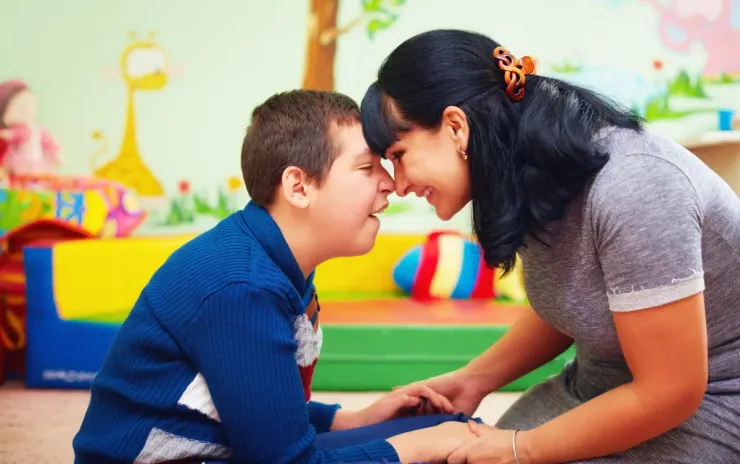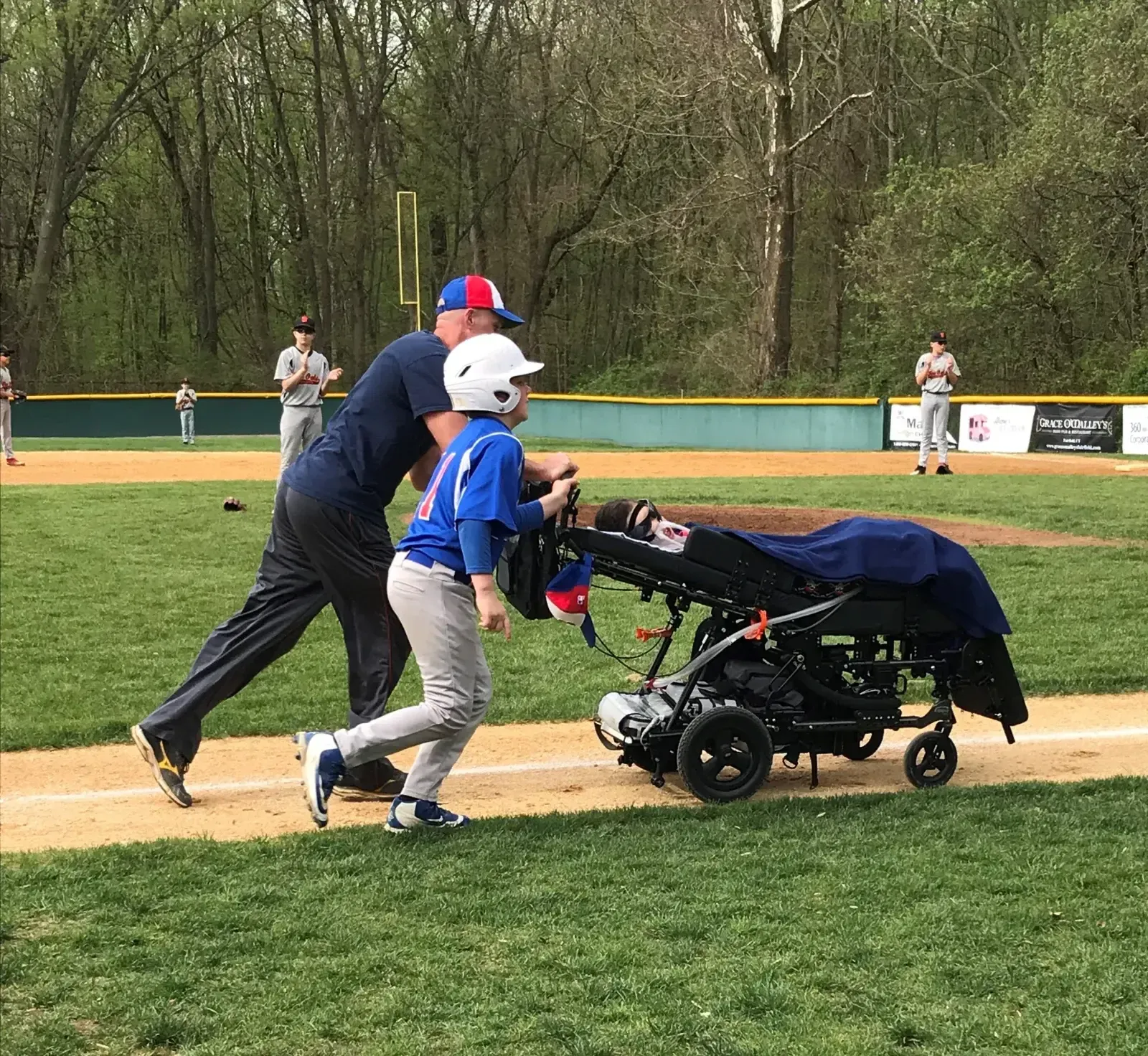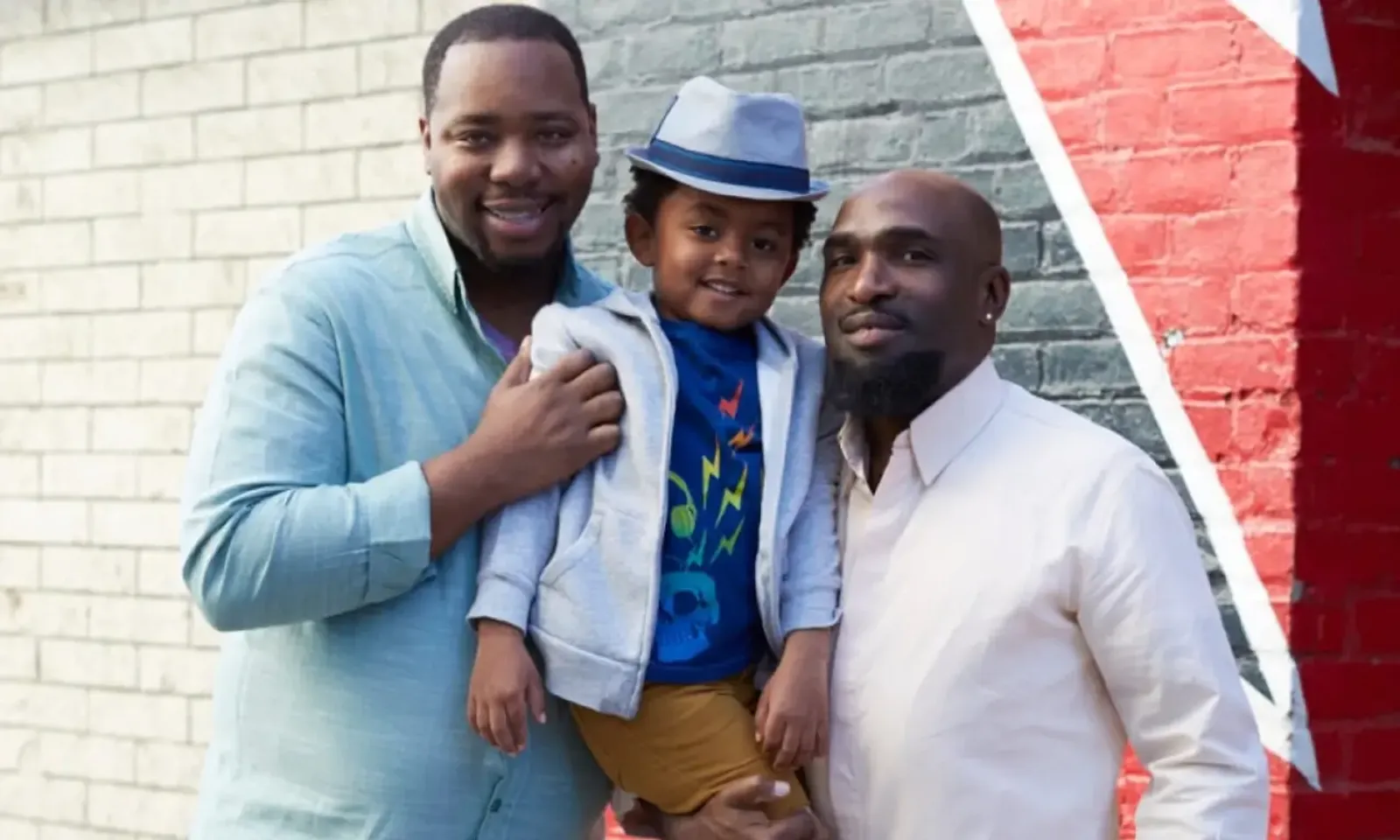Understand the disabled community

What is Disability
The CDC defines a disability as a mind or body condition that makes living more difficult. Some people are born with disabilities, and others develop them later in life.

Disability stats in the U.S.
Did you know that 61 million adults in the United States live with a disability? Learn about different types of disabilities and their impact on day to day lives.
Hate crime statistics
Violent victimization in the disabled community
People with disabilities are 3x more likely to experience violent victimization, including sexual assault. People with intellectual disabilities are up to 12x more likely to experience sexual victimization.
Source: National Children's Advocacy Center (NCAC)
Six Facts About People with Disabilities and Domestic Violence
1.
Individuals with disabilities are more likely to experience abuse over their lifetime compared to those without disabilities.
2.
People with disabilities experience violent crime at twice the rate of people without disabilities.
3.
People with disabilities are three times as likely to be sexually assaulted as those without disabilities.
4.
In 2008, intimate partners perpetrated 27% of violent crimes against women with disabilities and 1.1% of crimes against men with disabilities.
5.
Police are less likely to respond to reported violence against victims with disabilities than they are to reported violence against victims without disabilities. Police respond to 90% of reports by victims without disabilities and 77% of reports by victims with disabilities.
6.
A survey conducted by Spectrum Institute Disability and Abuse project found that 70% of respondents with disabilities experienced some form of abuse by an intimate partner, family member, caregiver, acquaintance or stranger.
Source: The National Domestic Violence Hotline
Unique barriers for people with disabilities include:
- Physical barriers, such as steps and curbs that block a person with mobility impairment from entering a building or using a sidewalk
- Lack of relevant assistive technology
- Communication barriers, such as videos without captioning for those who are deaf or hard of hearing, or materials without braille or versions who use screen readers for those who are blind or visually impaired.
Did you know? Many solutions that we use today were initially designed for people with disabilities.
The Remote Control
The wireless remote control was initially invented in for people with limited mobility. An invention that also improved the lives of the elderly and is now a convenience for all of us.
Curbside Ramps
Curbside ramps were designed for people in wheelchairs or motorized scooters, but are now used by parents with strollers, people with shopping carts, bikers, and more to make it easier to transfer from street to sidewalk.
Captions
Captions were initially designed for people who were deaf or hard of hearing, but now allow us all to watch videos with sound-off.

When a community is open and inclusive, it allows us to push our kids to not be afraid.
Disability Visibility Project
The Disability Visibility Project collects stories and perspectives of people within the disabled community.
ADA 30 In Color
A series of original essays written by people of color on the past, present, and future of disability rights and justice.
Calendar of disability related dates
Discover the many occasions, holidays, and special dates to note in 2025.

Your actions matter
Learn how you can support different communities through your actions.